SD Card Types and Sizes Explained
The SD Association classify SD Memory Cards as “removable nonvolatile memory” and specify three types and size for each – the SD Card, the Mini SD Card and the Micro SD Card.
Nowadays there are only two main sizes of Secure Digital (SD) Card in general use – the (Full Size) SD Card and the Micro SD Card.
Micro SD Cards are often referred to in Asia as TF or Trans Flash Cards, there is no difference in specification, they are exactly the same card.
The Mini SD Card format was only really around in the mid-‘Noughties’ (2000-2009) and popularity by the Micro SD size. has since been superseded in
The physical dimensions of the 3 cards are as follows:
- (Full Size) SD – 32mm x 24mm
- Mini SD – 21.5mm x 20mm
- Micro SD – 15mm x 11mm
You will tend to find standard (Full Size) SD Cards used in larger devices like DSLR Cameras (which can also use CF Compact Flash Cards – another type of even larger memory card) and larger video cameras, whereas the smaller Micro SD Cards appear in items such as mobile smartphones, tablets, action cameras, portable music players, GPS Map readers and GPS Finders, Car Dashboard Cams and other smaller hand-size electronic devices.
The Official SD Association memory classification also includes a category for optional content security features, which enable SD memory cards to be used as storage for content-protected audio, video and books. The Association further defines SD standards into an input/output (I/O) classification. SDIO extends device for a range of capabilities including Internet service, GPS and camera capabilities.
These can be see below in the diagram that appears on their website:
SDHC vs SDXC What does it mean?
Firstly lets deal with the acronyms, SDHC stands for Secure Digital High Capacity and SDXC stands for Secure Digital eXtended Capacity
Card Capacities:
Each type of card has a memory capacity range, and these are:
- SD standard – Up to 2GB SD memory card using FAT 12 and 16 file systems
- SDHC standard – over 2GB-32GB SDHC memory card using FAT32 file system
- SDXC standard – over 32GB-2TB SDXC memory card using exFAT file system
The Table below shows the full features
| SD Standard | SDHC Standard | SDXC Standard | ||
| Capacity | up to 2GB | more than 2GB up to 32GB | more than 32GB up to 2TB | |
| File System | FAT 12, 16 | FAT 32 | exFAT | |
| SD Logo |  |
 |
 |
|
| Card Specifications | SD | 32 x 24 x 2.1 mm, Approx 2g | ||
| microSD | 11 x 15 x 1.0 mm, Approx 0.5g | |||
| Speed Classes | NS mode | C2, C4, C6 | ||
| HS mode | C2, C4, C6, C10, V6, V10 |
|||
| UHS-I mode |
— | C2, C4, C6, C10 U1, U3 V6, V10, V30 |
||
| UHS-II mode |
— | C4, C6, C10 U1, U3 V6, V10, V30, V60, V90 |
||
| UHS-III mode |
— | C4, C6, C10 U1, U3 V6, V10, V30, V60, V90 |
||
Card Speed: Class 4, Class 6, Class 10, UHS-1 and UHS-3
Each SD or Micro SD card has a speed rating, called a Class. Larger Class numbers correspond to a faster level of writing/recording (minimum performance) allowing files to be written to the card or recorded at a higher speed or definition (HD/4K).
The Class rating system rating corresponds to the minimum read speeds in MB/s as below
- Class 2 – 2MB/s (minimum recording speed),
- Class 4 – 4MB/s,
- Class 6 – 6MB/s,
- Class 10 – 10MB/s.
As an example for demostration purposes, Class 2 is sufficient for SD video recording, whilst Class 4 and Class 6 support HD recording. The Class rating is displayed on the card, by a number nested inside a circle.
After the Class 10 classification, it becomes a little more complicated. An additional standard called UHS was introduced, which allows cards to reach higher speeds. Here we see a similar system – UHS Class 1 (or just U1 or U-I), which has a minimum performance rating of 10MB/s writing speed, while UHS Class 3 (or U3 / UHS-III) has a rating of 30MB/s. UHS Class 3/III supports 4K video recording. UHS speed classes are shown on the card with a number inside a U.
Confusingly, UHS Class 1 and Class 10 refer to the same 10MB/s speed, so sometimes you’ll see cards that are labelled both as Class 10 and UHS-1.
If you have an Action Camera (Such as GoPro or EvoDX) that records HD at either 1080p or 4K you really need to be thinking about purchasing a UHS-3/III card, for the best performance and writing speed. Some cheaper action cameras will buffer the recording, but this is not practical in the slower card speed classes, and may cause juddering or stuttering of the recorded footage, as well as other issues. Similarly with the latest Digital SLR Cameras (especially in modes such as sport, multi-frame or burst-mode) where multiple images are taken, having a faster card will allow you to review the images much sooner (less waiting for the images to write to the card).
Compatibility
As a disclaimer, most devices such as cameras, mobile phones and card readers will generally work with older SD Cards, but newer SD Cards with higher Class and Speed classifications may not work in these older devices – check your owners manual or Search online for compatibility for cards that work with your device before purchasing.
The best example of limitation of newer cards in older devices is that your device might not be able to read the full size of the card, or read the file system of the card, or just have an older/obsolete hardware interface.
Wikipedia has a nice list of factors and a table of compatibility, if you’d like more details.
Also Full-size SD cards and Micro SD cards may not work in devices that are specifically designed for one or the other, even though smaller cards can fit into larger card slots via adapters (see the section below).
Yet another thing to consider (and research before buying) is that even if the newer Card (U-1 or U-3) can be read by your older device, your device may not support the newer UHS-1 standard, which will result in slower-than-expected writing speeds when using these U1 or U3 cards (ie: it will write at the maximum of a Class 2/4 or 6 card) .
For these reasons, it’s important to search for manufacturer specifications for your device before buying an SD or Micro SD card. Usually, Googling for the name of your device plus “largest SD card” will return the answers you need.
Card Adapters
Mini and Micro SD cards can be placed inside Full-Size SD Card ‘adaptors’, allowing them to be used in devices designed for Full Size SD Cards. This can be useful when using a single card in multiple devices (like a phone & / or digital camera)
Using Full Size SD Card Adaptors with Micro SD Cards allows the Micro SD Card to be read by external and also built-in SD card readers (like those found on laptops and desktop PC’s).
To see the full range of SDHC, SDXC, and Micro SD Cards available to purchase CLICK HERE
SD Card ‘Bus’ Speeds
SD bus speed of 12.5MB/s Default Mode was defined by SD1.0 and 25MB/s High Speed Mode was defined by SD1.1 to support digital camera. Its high performance function for continuous shooting required higher write speed memory card where SD Association introduced higher speed bus interfaces for SDHC and SDXC memory cards named UHS-I, UHS-II and UHS-III.
UHS-I can provide ultimate bus speed using 1st Row pins. UHS-II and UHS-III have ability to provide much higher bus speed than UHS-I using 1st Row and 2nd Row pins. 2nd Row interface is supported with Low Voltage Differential Signaling (LVDS) technology.
UHS-II and UHS-III has two lanes. Full Duplex (default mode) assigns a lane to downstream direction (host to card) and the other lane to upstream direction (card to host) and then packets can be transferred both directions at the same time. Half Duplex switches lanes to the same direction during data transfer to make data transfer rate twice (156MB/s in Full Duplex can be switched to 312MB/s in Half Duplex). However, UHS-III Card does not support Half Duplex for 312MB/s Full Duplex and 624MB/s Full Duplex to make PHY design simple.
| Bus Interface | Card Type | Bus Mark | Bus Speed | Spec Version |
| Default Speed | SD, SDHC and SDXC | — | 12.5MB/s | 1.01 |
| High Speed | SD, SDHC and SDXC | — | 25MB/s | 1.10 |
| UHS-I | SDHC and SDXC | 50MB/s (SDR50, DDR50) 104MB/s (SDR104) | 3.01 | |
| UHS-II | SDHC and SDXC | 156MB/s Full Duplex 312MB/s Half Duplex | 4.00 | |
| UHS-III |
SDHC and SDXC | 312MB/s Full Duplex 624MB/s Full Duplex | 6.00 |
Maximum speed differs from the bus I/F speed. It varies depending upon the card performance. The average speed that a device writes to an SD memory card may vary depending upon the device and the operation it is performing. The speed may also depend on how other data is stored on the SD memory card.
| Bus Interface | Card Type | Bus Mark | Bus Speed | Spec Version |
| Default Speed | SD, SDHC and SDXC | — | 12.5MB/s | 1.01 |
| High Speed | SD, SDHC and SDXC | — | 25MB/s | 1.10 |
| UHS-I | SDHC and SDXC | 50MB/s (SDR50, DDR50) 104MB/s (SDR104) | 3.01 | |
| UHS-II | SDHC and SDXC | 156MB/s Full Duplex 312MB/s Half Duplex | 4.00 | |
| UHS-III | SDHC and SDXC |
312MB/s Full Duplex 624MB/s Full Duplex | 6.00 |
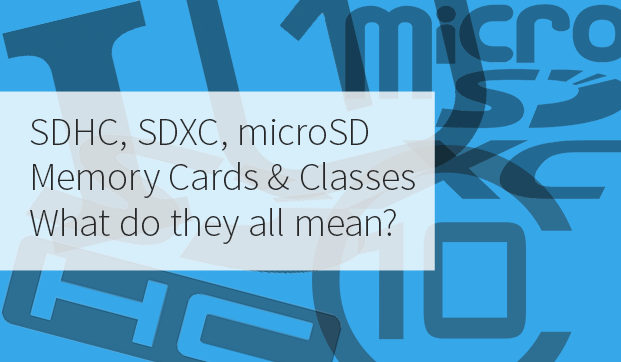





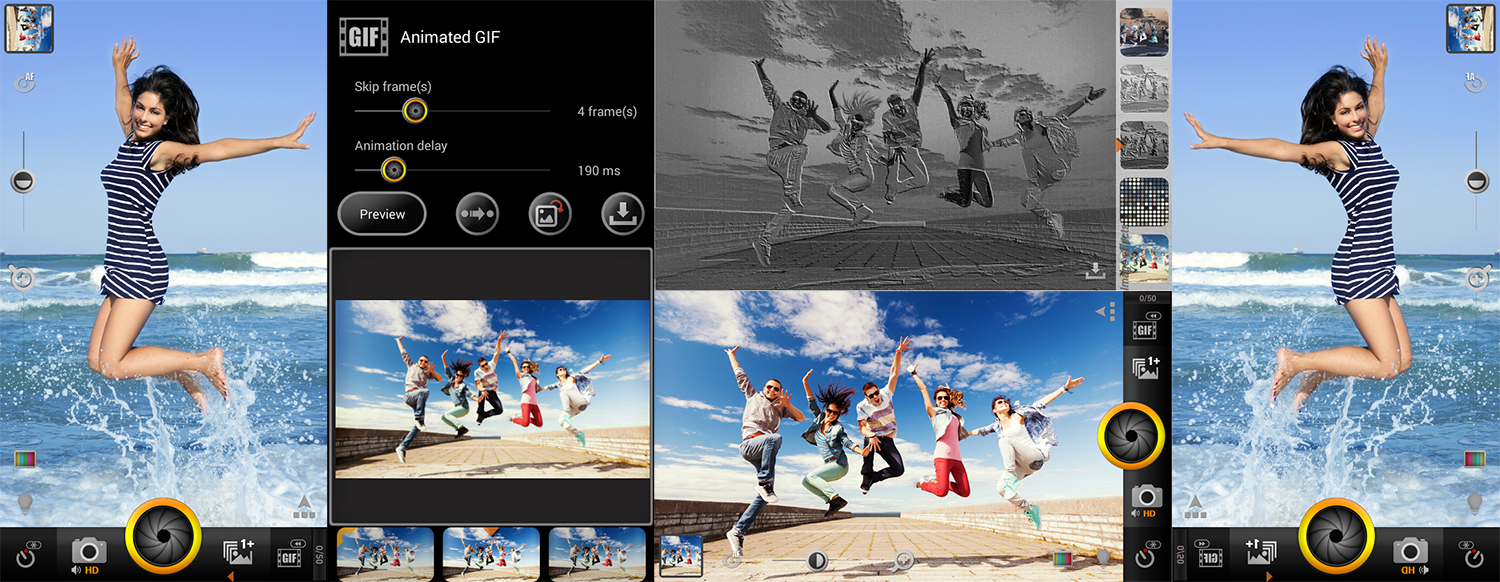



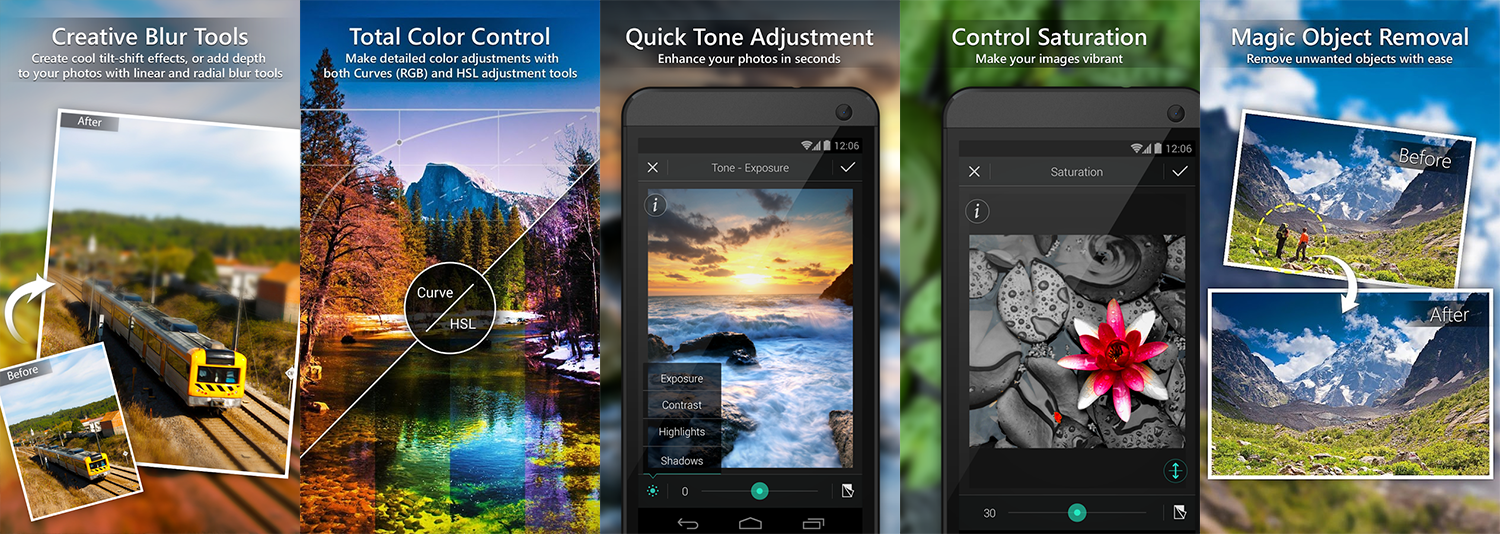

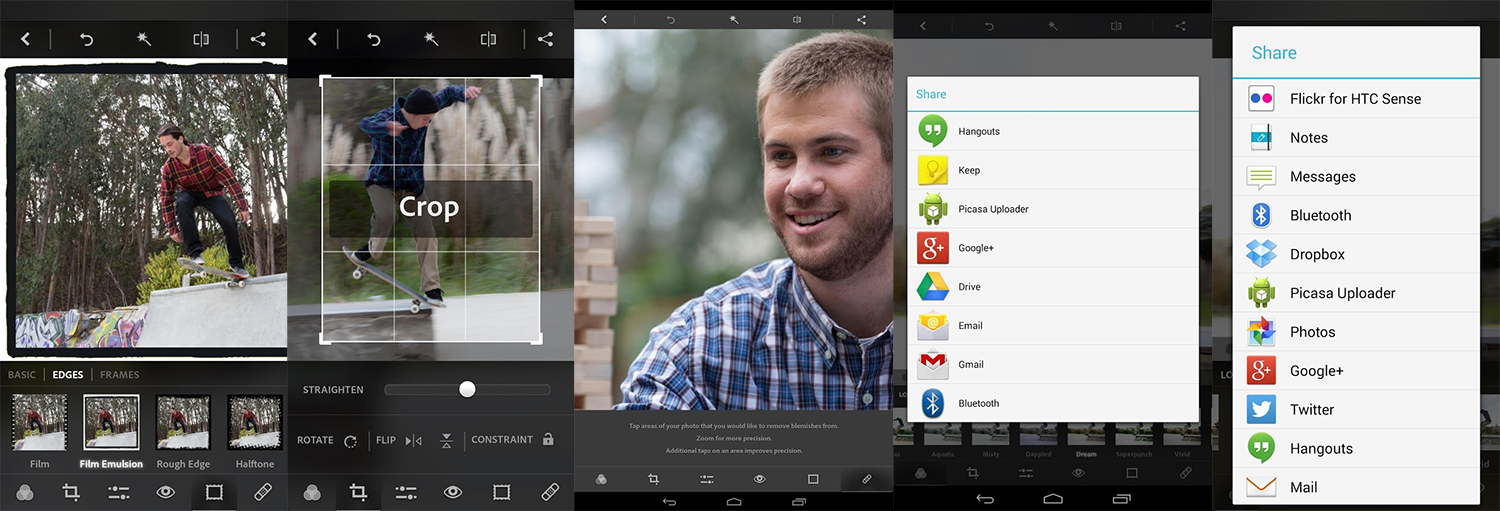



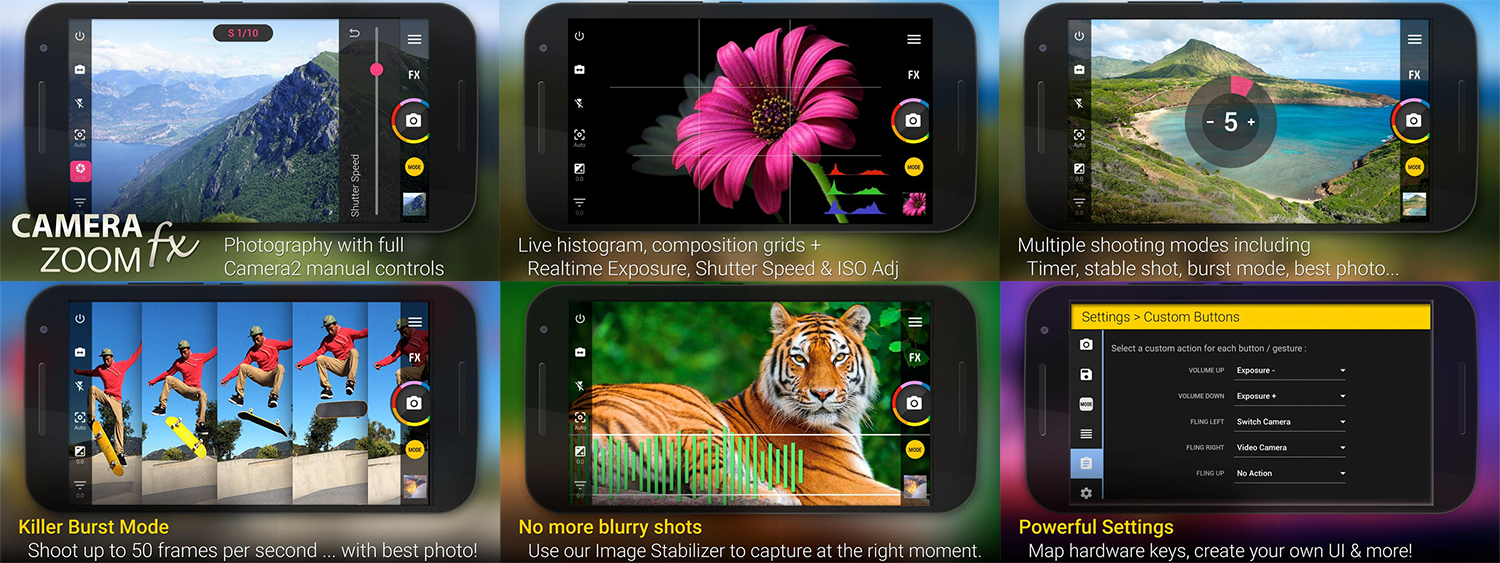


2 comments
I am thoroughly confused as the card serving my camera ( Canon 350D ) measures 42 x 36 , where do I get these ? any help appreciated
Hi Don,
The type of card you are describing is know as a CF or Compact Flash Card – these are also available from our website – CLICK HERE to see the full range available in our online store.
I hope this helps,
Kind regards,
Jeremy.